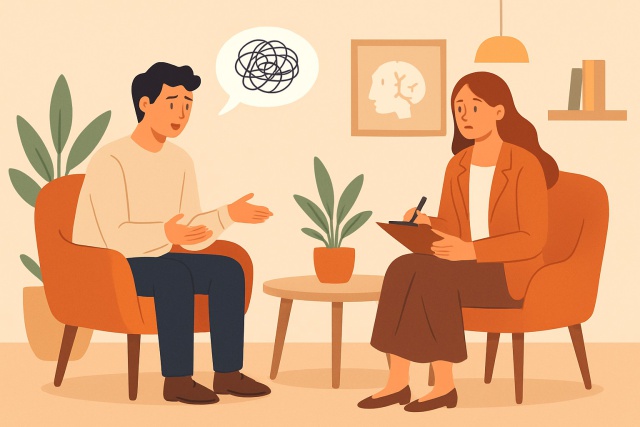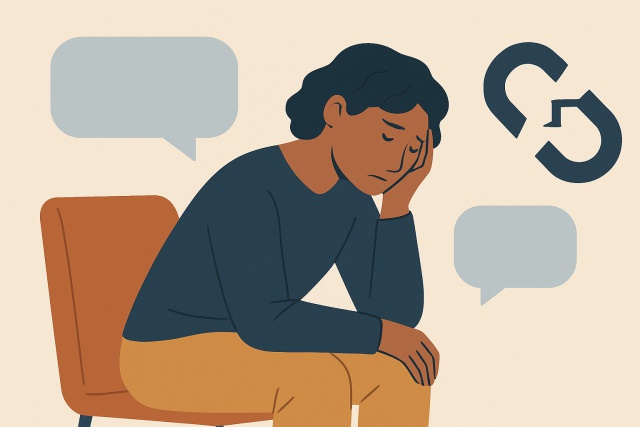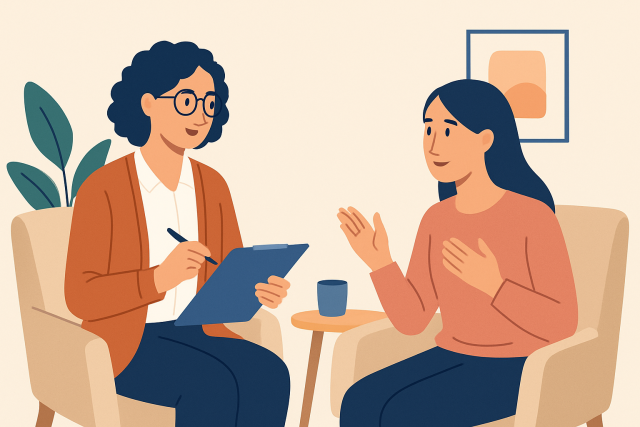
Psychotherapist vs Psychologist - Which One Do You Need?
Confused about whether to see a psychotherapist or psychologist? This comprehensive guide compares t...
Understanding how to overcome biases as a counselor is crucial because bias can sneak into the therapeutic relationship and subtly influence client outcomes when it flies under the radar.
Bias in counseling refers to preconceived notions or attitudes that influence a counselor's judgment often without their awareness. Implicit biases operate quietly just below conscious awareness while explicit biases are more upfront. They are intentional and openly acknowledged.
Biases sneak in from various places including personal experiences and cultural backgrounds. Social circles and professional training also affect them. A counselor's upbringing, education and the media they consume shape their viewpoint. These create implicit frameworks that color how they interpret client stories, often without their awareness.
Recognizing bias during sessions can be a bit of a tightrope walk but keeping an eye on your own reactions and decisions is absolutely key. You’ll often catch it sneaking in as making assumptions about clients without enough evidence or treating people differently based on stereotypes. You might also notice your empathy shifting depending on a client’s background.
Navigating your own biases can feel like walking a tightrope, but with the right steps, it’s totally doable. Here’s a straightforward guide to help counselors become more self-aware and create a more open, understanding space for their clients.
Overcoming biases doesn’t happen overnight. It requires a deliberate and thoughtful approach.
Make it a habit to pause and reflect on your reactions, trying to understand why certain clients might tug at your emotions a bit more than others. Consider joining specialized workshops that gently nudge you to confront hidden stereotypes and really deepen your understanding of cultural nuances. Regular supervision can be a goldmine for honest feedback—it’s those little insights that help you catch biases flying under the radar. When working with clients, tailor your approach to fit their unique cultural backgrounds rather than sticking to a one-size-fits-all routine. Use standardized assessments as a helpful guide alongside your clinical judgment to bring a bit more objectivity into the mix. Don’t be shy about actively asking for feedback—it’s a great way to give clients a real voice and encourage genuine openness.

To truly tackle bias counselors can lean on a few tried-and-true techniques that sharpen their awareness and keep them nimble. It all starts with deep active listening that really tunes into what the client is laying out—no half-measures here. Then there’s practicing cultural humility which means staying genuinely open to learning even when it challenges your assumptions. Keeping reflective journals can be a lifesaver for sorting through personal reactions—kind of like having a conversation with yourself on paper.
Counselors often find themselves up against a few tough nuts like defensiveness when their own biases peek through, not to mention the sneaky subtle prejudices that sometimes fly under the radar. Add to that the typical organizational red tape and the sheer weight of heavy caseloads, and it’s clear the path isn’t always smooth.
Cultivating a growth mindset helps counselors view feedback and challenges as golden opportunities to learn rather than looming threats. Joining or starting peer support groups offers a safe harbor where they can openly discuss biases and swap coping strategies without judgment. Advocating for systemic changes pushes organizations to make important equity and diversity and lightens the load on individuals. Managing time wisely creates space for mindfulness and reflection even when the workload piles up like a mountain.
You can keep an eye on bias reduction over time with handy tools like self-assessment surveys and bias checklists used in session prep. Supervision logs capture moments of insight or tricky challenges.
| Tool/Resource | Purpose | How to Use | Frequency Recommended |
|---|---|---|---|
| Bias Awareness Checklist | A handy way to catch your own blind spots | Give it a quick run-through before every client session to keep your radar sharp | Before every client session |
| Self-Assessment Surveys | Keeps track of those sneaky implicit biases | Take these every now and then to check your progress and uncover any surprises | Quarterly or biannually |
| Supervision Logs | Nudges you to reflect on supervision feedback | Jot down what you notice about bias and the steps you have taken to tackle it | After each supervision |
| Client Feedback Forms | Collects honest client thoughts on counseling fairness | Invite clients to share their take on fairness and respect, it really helps | After several sessions |
| Reflective Journals | Encourages diving deep into personal growth and reactions | Pen down detailed reflections on challenges and “aha” moments | Weekly or biweekly |
Incorporating client feedback is vital for keeping biases in check and is a key component of how to overcome biases as a counselor. Clients provide priceless insights that show whether they feel heard, respected and treated fairly—no small thing. By regularly inviting honest feedback through anonymous forms or open conversations counselors can fine-tune their approach.

Confused about whether to see a psychotherapist or psychologist? This comprehensive guide compares t...

Deflection psychology shapes many daily interactions by diverting responsibility and avoiding discom...

Discover practical strategies to build trust with therapy clients by setting clear expectations, cre...

Struggling with mental health challenges? Discover clear signs that therapy might be right for you a...